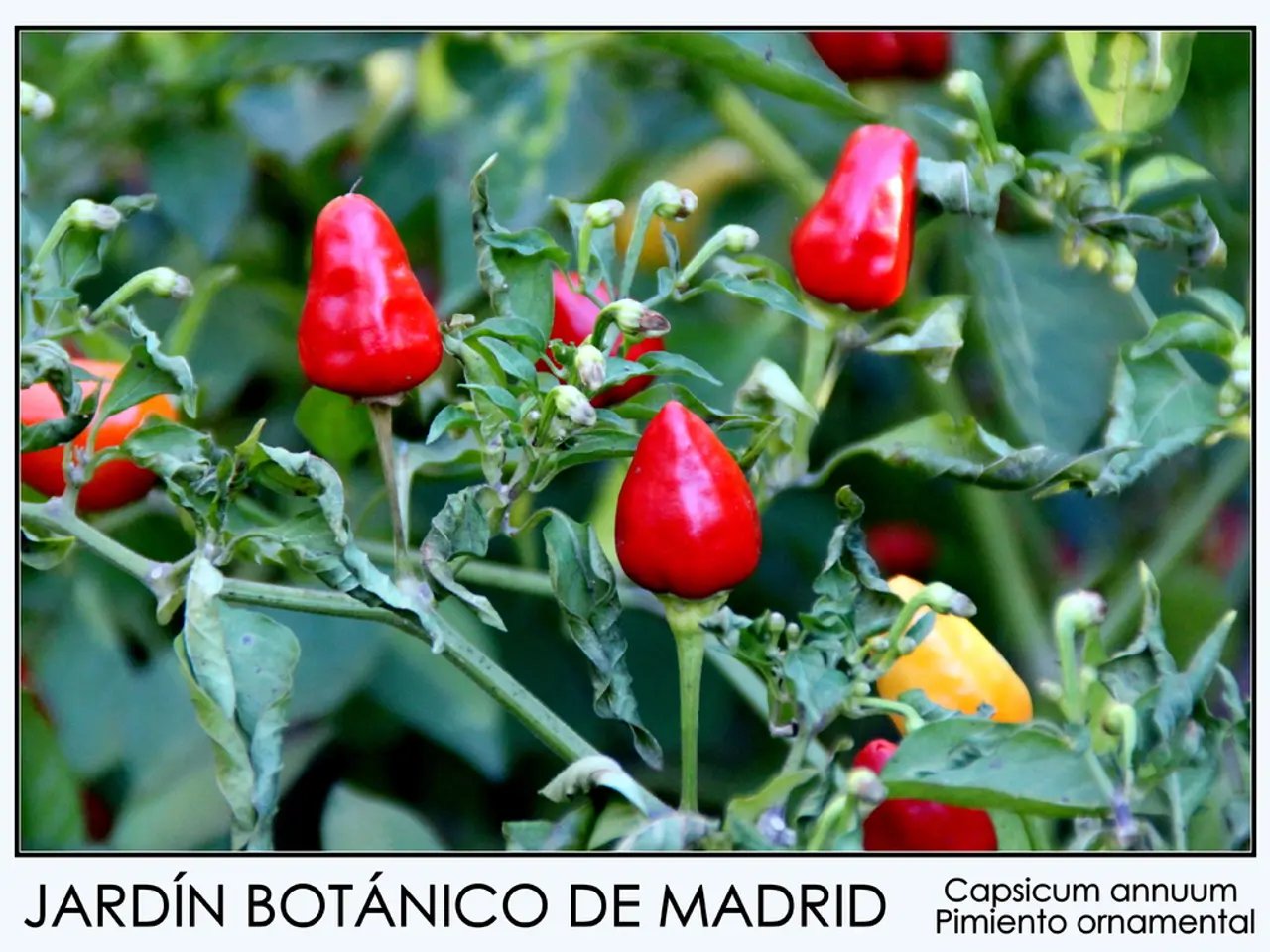A Dozen Typical Vegetation Species Prohibited in Certain Regions Across the Nation
In the quest for a beautiful and thriving garden, it's essential to be mindful of the plants we choose to cultivate. Some species, while seemingly innocuous, can pose significant threats to our ecosystems, pets, livestock, and even human health. Here's a guide to some invasive and harmful plants to avoid, and suitable alternatives to maintain a garden that supports local biodiversity and reduces maintenance issues.
The castor bean, with its seeds containing the highly toxic ricin, is discouraged in many areas due to the dangers it poses. The Mimosa tree, particularly prevalent in the Southeastern U.S., is an invasive species that spreads aggressively, displacing native trees and plants, making it illegal to plant in some regions.
Purple loosestrife has wreaked havoc in wetlands across the Midwest, displacing critical native plants and reducing habitat areas for wildlife. Japanese Honeysuckle is banned or prohibited in several states, including Connecticut, Massachusetts, Vermont, Indiana, New Hampshire, Wisconsin, and Ohio.
Kudzu, a notorious invasive plant, is illegal to plant in most Southern states due to its aggressive nature and potential to destabilize ecosystems. Japanese barberry, an invasive shrub that forms dense thickets, pushing out native plants and providing a haven for ticks, increasing the risk of Lyme disease transmission, is invasive in several states, including Massachusetts and New York.
Euphorbia myrsinites is illegal in Colorado, Oregon, and Salt Lake County, Utah, classified as a noxious weed. Scotch Broom is prohibited in places like California and Oregon due to its high invasiveness and fire risk.
Water hyacinth, a floating aquatic plant that spreads rapidly, clogging waterways, harming aquatic life, and diminishing water quality, is strictly prohibited in states like Florida and Texas. Poison hemlock, infamous for its lethal properties, is tightly regulated across the U.S. Multiflora rose forms dense thickets that suppress native species, and Belladonna, toxic to humans and animals, is restricted in many states due to its extreme toxicity.
Giant hogweed, a visually stunning but dangerous plant that can cause severe burns, blisters, and long-term skin sensitivity when exposed to sunlight, is classified as a noxious weed and is illegal to grow intentionally in some Eastern states. Garlic mustard crowds out native woodland wildflowers and grasses and is regulated in states like Wisconsin and Michigan.
To maintain a garden that contributes positively to the health of surrounding ecosystems, it's vital to research local regulations and prioritize native or non-invasive species. Here are some suitable alternatives to the aforementioned invasive plants:
- Instead of Autumn Olive, use native berry-producing plants like American beautyberry.
- Instead of Japanese Honeysuckle, plant native vines such as crossvine, coral honeysuckle, trumpet honeysuckle, or passionflower.
- Instead of Purple Loosestrife, choose blazing star (Liatris spicata) or bee balm (Monarda), both pollinator-friendly and visually attractive.
- Instead of Mimosa Tree, plant native dogwood (Cornus florida) or redbud (Cercis canadensis), which have beautiful flowers and support wildlife.
- Instead of Lily of the Valley, consider the pink-flowering variety Convallaria majalis var. rosea, which is less aggressive.
By avoiding these invasive species and choosing appropriate native or less aggressive plants, we can preserve local biodiversity, protect wildlife habitats, and reduce garden maintenance issues caused by uncontrollable spreading.
- In the process of creating a garden, incorporating herbs that are non-toxic and eco-friendly is crucial for maintaining a healthy environment.
- The soil in the garden should be enriched with seeds from native plants to support local biodiversity and reduce maintenance issues.
- When planting flowers in the garden, opt for species that attract pollinators, such as blazing star (Liatris spicata) or bee balm (Monarda), instead of invasive plants like purple loosestrife.
- To ensure a garden is decorated beautifully without posing threats to the environment, consider planting native dogwood (Cornus florida) or redbud (Cercis canadensis) instead of invasive Mimosa trees.
- In the pursuit of a lifestyle that respects the environment and promotes sustainable living, researching environmental-science facts about invasive plants and choosing suitable alternatives is crucial for maintaining a thriving and eco-friendly home-and-garden.
- By selecting plants wisely and prioritizing native or non-aggressive species, homeowners can contribute positively to preserving local biodiversity, protecting wildlife habitats, and reducing garden maintenance issues caused by invasive species.




